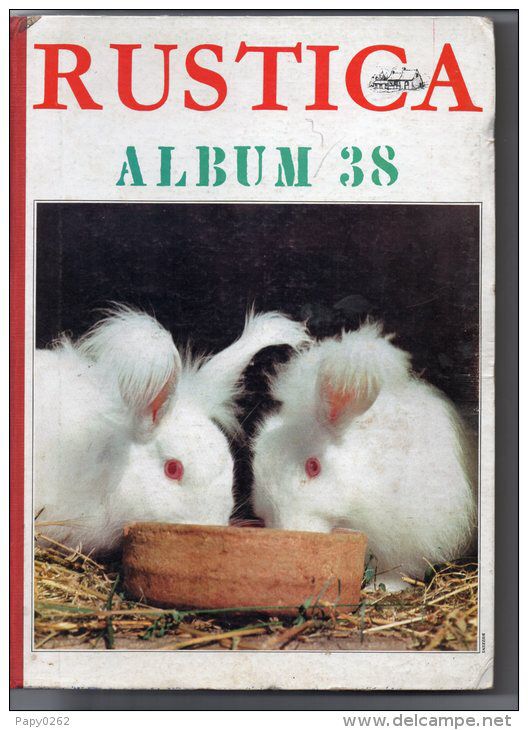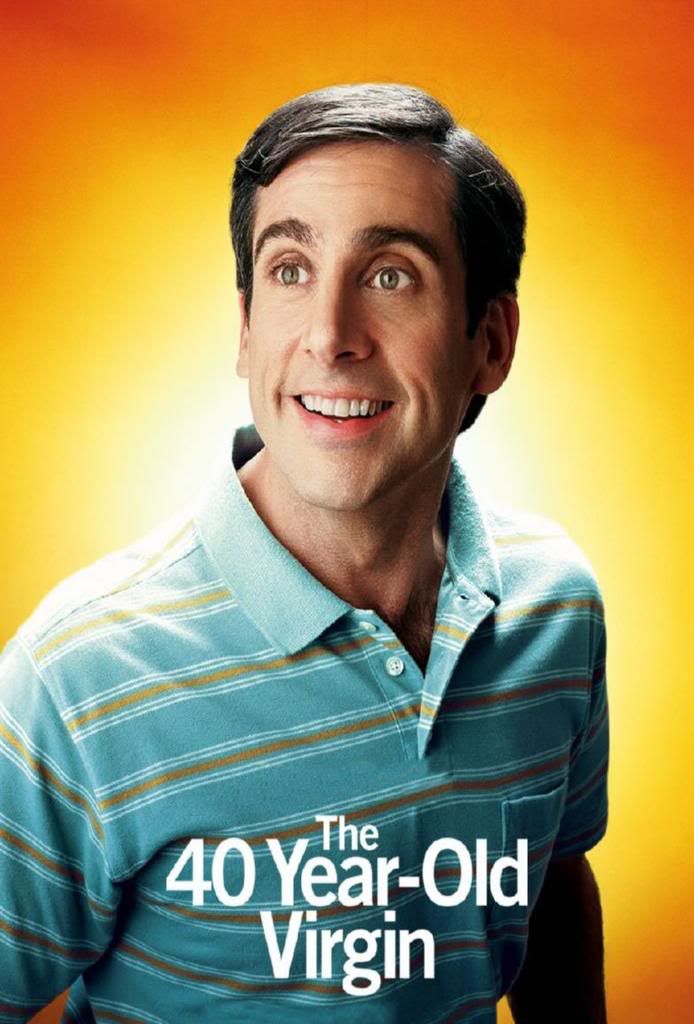From my photographic days in the 70s:-
36 exposure transparency film. (slides to you, mush)
From my photographic days in the 70s:-
36 exposure transparency film. (slides to you, mush)
The 37 bus from the Green Man, Putney Heath to Peckham Bus Station
(Bloody good game, this, isn't it - I'm having lots and lots of fun) ![]()

Quote: A Horseradish @ 17th June 2015, 10:20 PM BST(Bloody good game, this, isn't it - I'm having lots and lots of fun)
And for tea Mummy has got me jelly and custard with lashings of ginger beer.


Forty-one is the 13th smallest prime number. The next is forty-three, with which it comprises a twin prime. It is also the sum of the first six prime numbers (2 + 3 + 5 + 7 + 11 + 13), and the sum of three primes (11 + 13 + 17).
Forty-one is also the 12th supersingular prime, a Sophie Germain prime and a Newman-Shanks-Williams prime. 41 is the smallest Sophie Germain prime to start a Cunningham chain of the first kind of three terms, {41, 83, 167}. It is an Eisenstein prime, with no imaginary part and real part of the form 3n ??' 1. 41 is a Proth prime as it is 5 ?- 23 + 1.
The number figures in the polynomial f(n) = n2 + n + 41, which yields primes for ??'40 ? n < 40. This is also called the lucky number of Euler Prime. It is the biggest of such primes.
Forty-one is the sum of two squares, 42 + 52. Adding up the sums of divisors for 1 through 7 yields 41.
41 is the smallest integer whose reciprocal has a 5-digit repetend. That is a consequence of the fact that 41 is a factor of 99999.
It is a centered square number.
![]()
Quote: Stephen Goodlad @ 18th June 2015, 9:39 AM BSTForty-one is the 13th smallest prime number. The next is forty-three, with which it comprises a twin prime. It is also the sum of the first six prime numbers (2 + 3 + 5 + 7 + 11 + 13), and the sum of three primes (11 + 13 + 17).
Forty-one is also the 12th supersingular prime, a Sophie Germain prime and a Newman-Shanks-Williams prime. 41 is the smallest Sophie Germain prime to start a Cunningham chain of the first kind of three terms, {41, 83, 167}. It is an Eisenstein prime, with no imaginary part and real part of the form 3n ??' 1. 41 is a Proth prime as it is 5 ?- 23 + 1.
The number figures in the polynomial f(n) = n2 + n + 41, which yields primes for ??'40 ? n < 40. This is also called the lucky number of Euler Prime. It is the biggest of such primes.
Forty-one is the sum of two squares, 42 + 52. Adding up the sums of divisors for 1 through 7 yields 41.
41 is the smallest integer whose reciprocal has a 5-digit repetend. That is a consequence of the fact that 41 is a factor of 99999.
It is a centered square number.
Ah yes, the good old Newman-Shanks-W.
I was nifty with all of that in my prime, especially with reference to Cunningham.
Quote: Hercules Grytpype Thynne @ 18th June 2015, 6:12 AM BSTAnd for tea Mummy has got me jelly and custard with lashings of ginger beer.
All men like jelly. That's a scientifically proven fact.
Although judging by your recent comments, I reckon you are more these days for Angel Delight.

I claim 43 too as it is mentioned in my previous post as the 14th smallest prime number.
I'm 44 years old
My bust measures 45 inches. I have to buy all of my brassieres from www.amplebosom.co.uk
Quote: TheBlueNun @ 18th June 2015, 12:32 PM BSTMy bust measures 45 inches. I have to buy all of my brassieres from www.amplebosom.co.uk
Don't believe you, not unless you have photographic proof. ![]()
Forty-six is a Wedderburn-Etherington number, an enneagonal number and a centered triangular number. It is the sum of the totient function for the first twelve integers. 46 is the largest even integer that can't be expressed as a sum of two abundant numbers.
I could give you more details but I'm sure you get the picture.
No ![]()